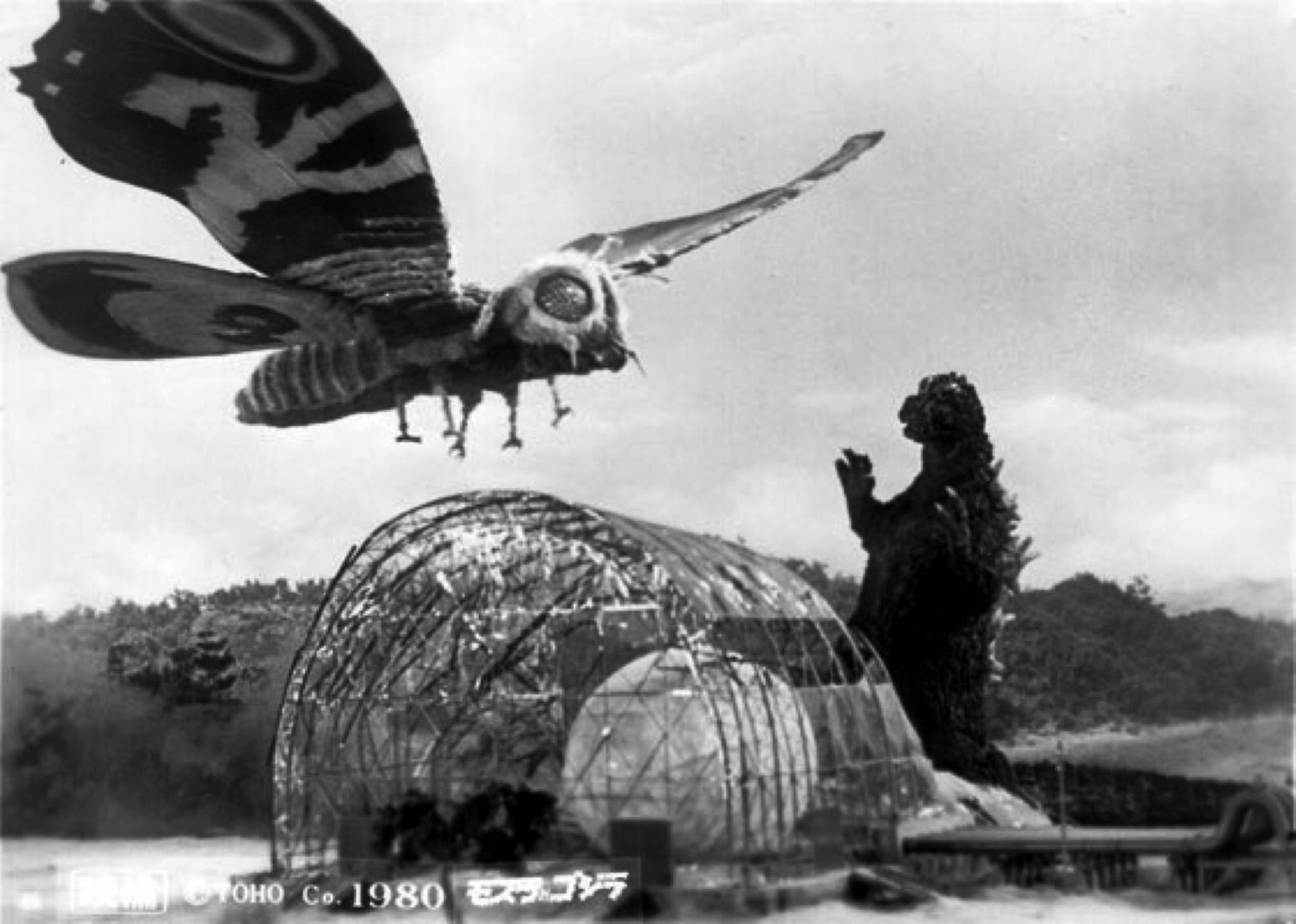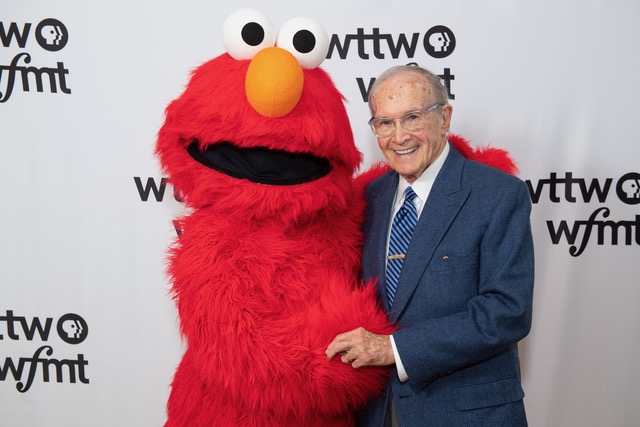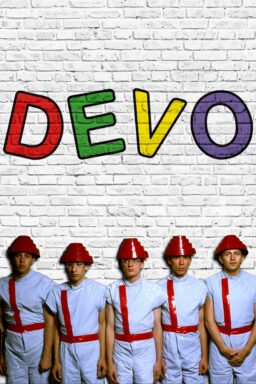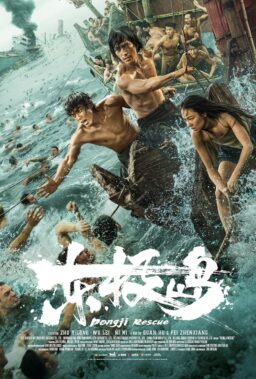This piece was published on May 31, 2019 and is being republished for Women Writers Week.
Few film genres seem more tailor-made for a stereotypical young boy’s fantasy of playing with toys and knocking over block towers than Kaiju, or giant monster movies from Japan. It’s all the more remarkable, then, that one of the most memorable of the original Kaiju leviathans is the unapologetically girly and glittery Mothra, who makes her appearance in this week’s “Godzilla: King of the Monsters.”
The giant moth’s introduction to audiences came in 1961’s “Mothra,” and for all it owed to the conventions of the Kaiju formula it offered plenty that was unique. Instead of a feared beast whose appearance is regarded with unpleasant surprise and terror, Mothra was worshipped as a goddess by the people of Infant Island, a place somewhere in the South Pacific. (This also begins the unfortunate practice in sixties Kaiju films of representing Native Pacific Islanders as Japanese actors in brownface.) Her main priestesses where two tiny women, played by sisters Emi and Yumi Ito, who had found fame before the film as the pop group The Peanuts. (And indeed, the instantly catchy song used to wake Mothra would become a hallmark of the character popping up in different versions thereafter.)

Infant Island is a warm, fecund space contrasting with the gravel pit construction and exploitation of the outside world run by male characters. One of the men in the expedition that stumbles across the island sees a potential nightclub act in the fairy sisters and kidnaps them. Religious mystery is then transformed into a cheesy stage show, and the girls sing forlornly for Mothra to return them home. She answers their call appearing first in her larval form as a caterpillar, and then after wrecking a good portion of Tokyo before spinning a cocoon and emerging in her moth form. It’s only by virtue of listening to the two women and honoring their wish to return home that things stop from getting worse.
The importance of listening to women is an inadvertent theme of the first two follow-ups both made in 1964. In “Godzilla vs. The Thing,” a typhoon washes a giant Easter egg ashore. In the first of the film’s many instances of authoritative men being greedy and corrupt, the local mayor convinces the villagers to sell the egg to a tycoon who wishes to make a tourist attraction out of it. The twin fairy girls from “Mothra” try to convince the tycoon to return the egg to Infant Island, but it’s only when they make contact with a muckraking reporter and his female photographer partner are their pleas heard.
In the densely plotted “Ghidrah, the Three-Headed Monster,” a king’s daughter is awakened to memories of a past life when a UFO buzzes by her plane, causing her to crash. (Just go with it.) She then warns of a destroyer, Ghidrah, a golden three-headed dragon who laid waste to Mars millenia ago and is about to do the same to the Earth.
The film marked an important turning point in Godzilla’s characterization. Mothra is able to communicate with the beast that unless Godzilla works to defeat Ghidrah and protect the Earth, all life including himself is doomed. Mothra is notable for also having a more reliable characterization than Godzilla, whose temperament could slide from the pitch-black personification of the horrors of Atomic warfare in 1954’s “Gojira,” to the semi-goofy Earth’s champion and friend to children in “Godzilla vs. The Smog Monster.” Mothra’s role would effectively become den mother in the monster rallies that followed.

The strong environmental messages that run through “Mothra” and “Godzilla vs. The Thing” would return to the forefront in 1992’s “Godzilla and Mothra: The Battle for Earth.” Mothra is spoken of as the guardian of life, and she must convince her dark twin Battra, a beetle-looking moth and guardian of Earth, that they must unite to defeat Godzilla who is back to his usual role of trying to annihilate everything. The otherworldly strangeness of the sixties Mothra movies is toned down by ’90s slickness but still present. The fairy twins’ costumes recall J Pop more than exotica album cover sarongs now, and in one of the most purely enchanting images in a giant monster movie, scales shedding off Mothra’s wings are represented as clouds of glitter.
Juvenile audiences were more targeted for the three “Rebirth of Mothra” films, so those installments tend to pepper in lessons about getting along better with siblings along with the need to protect old growth forests. There is a touch of Miyazaki in the “Rebirth” series’ view of nature as something separate and older than humanity, and capable of continuing quite well without it. Mothra has been constant in her preservation of her people on Infant Island, determined to protect life and the Earth from all those who mean it harm, whether that harm comes in the form of the smallest venture capitalist to the largest fire breathing monster. I don’t think “Godzilla: King of the Monsters” will give us singing twin fairies, but I hope it remembers that there is power in protection, not just destruction.












